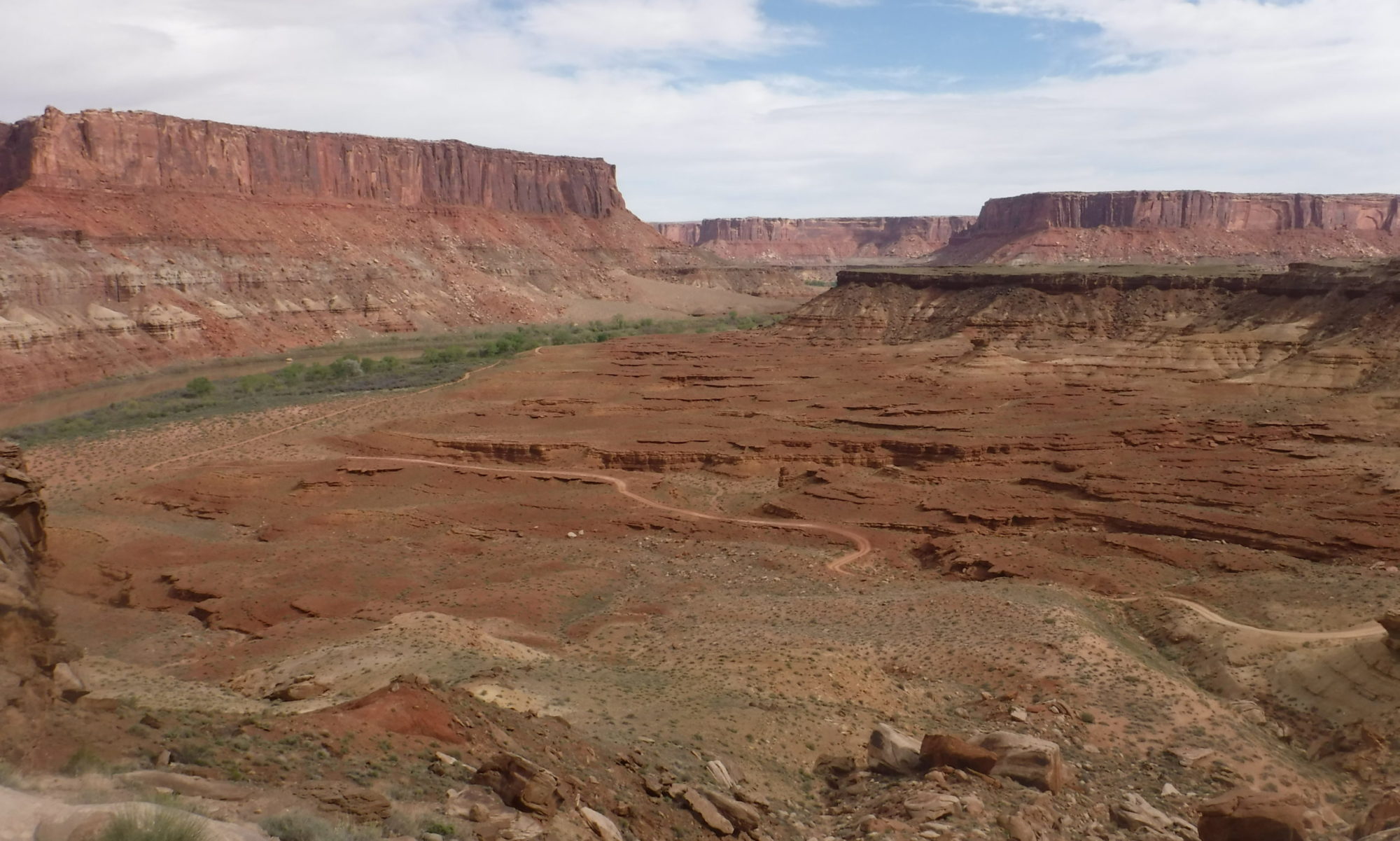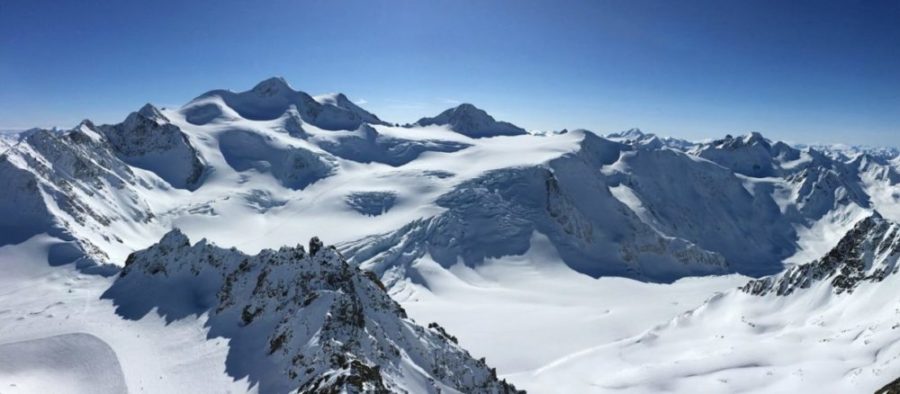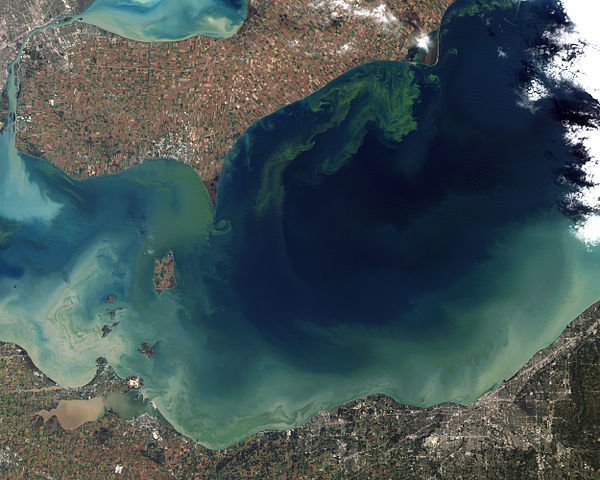Featured image by Jesse Allen and Robert Simmon, Public Domain
Paper: Unprecedented DMSP Concentrations in a Massive Dinoflagellate Bloom in Monterey Bay, CA
Authors: Ronald P. Kiene, Brent Nowinski, Kaitlin Esson, Christina Preston, Roman Marin III, James Birch, Christopher Scholin, John Ryan, and Mary Ann Moran
Tiny marine organisms have been showing up in higher and higher numbers in bodies of water. These organisms also emit sulfur-containing compounds – and if they emit enough sulfur, their emissions could affect the climate.
Continue reading “How Algae Emissions Could Affect the Weather”


